What Makes Wire LED Lights the Future of Illumination
As we delve into the transformative world of illumination, the emergence of wire LED lights stands out as a pivotal shift in lighting technology. According to the Global LED Lighting Market report, the adoption of LED technology is projected to reach $100 billion by 2025, driven by increasing energy efficiency and longevity compared to traditional lighting solutions.
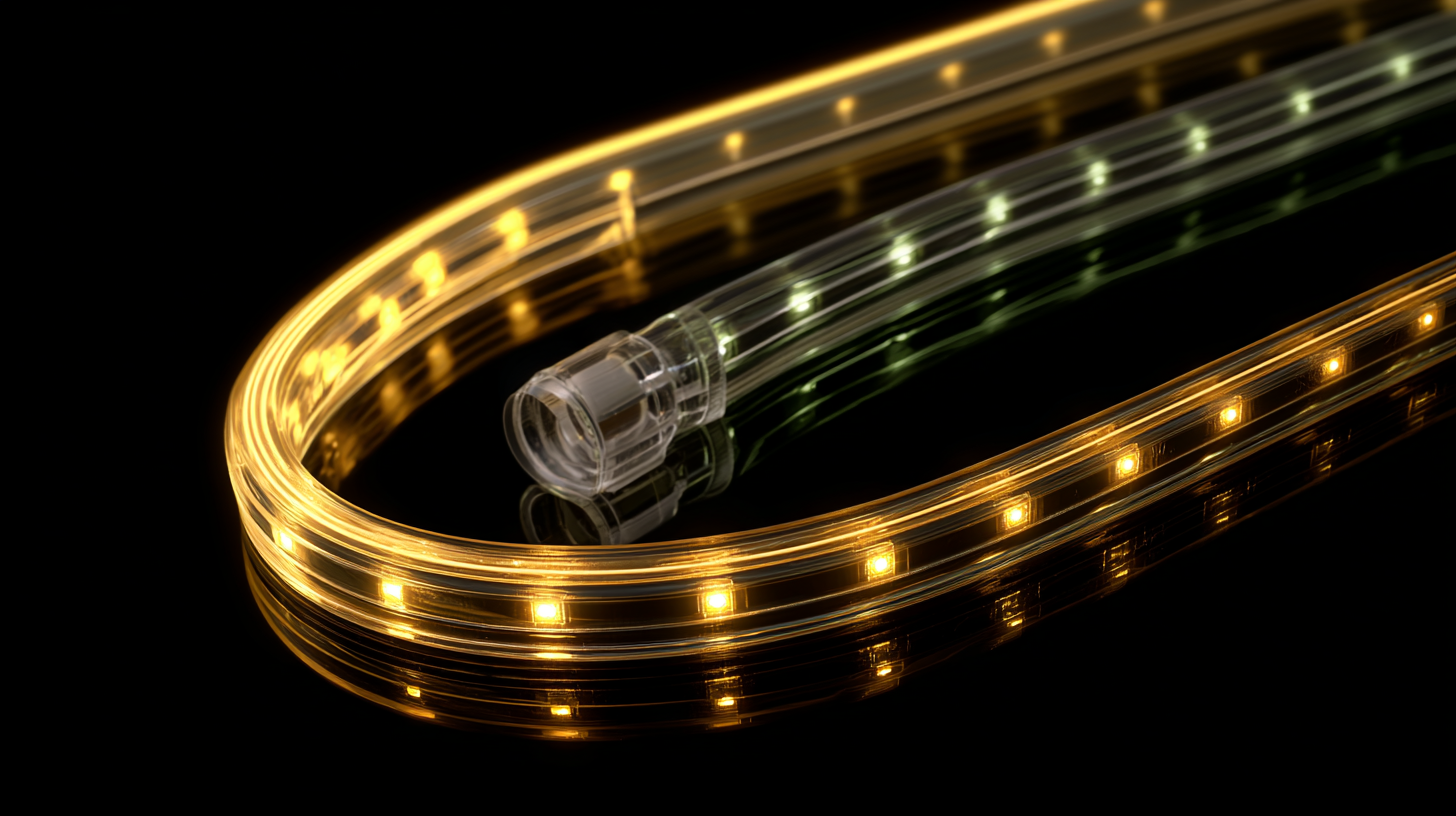 Wire LED lights, in particular, are gaining traction due to their versatility in design and ease of installation, catering to both residential and commercial needs. Innovations such as dimmable features and remote control capabilities are enhancing their appeal, positioning wire LED lights as a cornerstone of modern lighting solutions. With their ability to provide customized lighting experiences while significantly reducing energy consumption—up to 75% less than incandescent bulbs—wire LED lights are not just a trend but a sustainable future for illumination.
Wire LED lights, in particular, are gaining traction due to their versatility in design and ease of installation, catering to both residential and commercial needs. Innovations such as dimmable features and remote control capabilities are enhancing their appeal, positioning wire LED lights as a cornerstone of modern lighting solutions. With their ability to provide customized lighting experiences while significantly reducing energy consumption—up to 75% less than incandescent bulbs—wire LED lights are not just a trend but a sustainable future for illumination.
The Energy Efficiency of Wire LED Lights Compared to Traditional Lighting Solutions
Wire LED lights are increasingly recognized for their outstanding energy efficiency when compared to traditional lighting solutions. Traditional incandescent and fluorescent bulbs consume significantly more electricity, leading to higher energy bills and a larger carbon footprint. In contrast, wire LED lights utilize advanced semiconductor technology, allowing them to convert a greater percentage of electrical energy into light rather than heat. This results in a dramatic reduction in energy usage, which not only benefits consumers' wallets but also makes a positive impact on the environment.
Furthermore, wire LED lights are designed to have a longer lifespan than conventional bulbs. While standard incandescent bulbs typically last about 1,000 hours and compact fluorescents around 10,000 hours, wire LED lights can operate for up to 50,000 hours or more. This longevity not only reduces the need for frequent replacements but also cuts down on waste, contributing to a more sustainable future. As consumers and businesses alike seek to lower their energy consumption and environmental impact, wire LED lights are quickly becoming the preferred choice for modern illumination solutions.
The Versatility of Wire LED Lights in Various Applications and Settings
Wire LED lights are revolutionizing the way we approach illumination across various settings. Their unique design allows them to be flexible and adaptable, making them suitable for a wide array of applications—ranging from home décor to professional environments. In residential spaces, these lights can be easily shaped and installed in creative configurations, offering personalized lighting solutions that enhance aesthetics and atmosphere. Whether adorning a festive event or providing ambient lighting in a cozy living room, wire LED lights bring innovation and charm wherever they are used.
In commercial and outdoor settings, the versatility of wire LED lights shines brightly. They can be utilized for signage, display lighting in shops, or even architectural highlights on buildings. The ability to manipulate these lights into intricate patterns allows businesses to draw attention and create inviting spaces for customers. Furthermore, wire LED lights are energy-efficient and long-lasting, making them a sustainable choice for enterprises looking to reduce operational costs while still achieving striking visual effects. Their application in various contexts illustrates a promising trend toward more adaptive and efficient lighting solutions in the future.

How Wire LED Lights Contribute to Sustainable and Eco-Friendly Practices
Wire LED lights represent a significant advancement in sustainable lighting solutions, aligning with eco-friendly practices that are crucial in today's environmental landscape. Unlike traditional incandescent bulbs, which generate excessive heat and consume substantial amounts of energy, wire LED lights operate at much lower temperatures and require far less electricity. This reduction in energy consumption not only lowers utility bills for consumers but also diminishes the overall carbon footprint associated with electricity generation.
Moreover, wire LED technology often incorporates recyclable materials and has a longer lifespan compared to conventional lighting options. This longevity means less frequent replacements, leading to reduced waste and resources used in production and disposal processes. Additionally, the versatility of wire LED lights allows for creative applications in various settings, encouraging innovative design while promoting sustainable living. By choosing wire LED lights, individuals and businesses can contribute to a greener future while enjoying enhanced illumination and aesthetic appeal in their environments.
What Makes Wire LED Lights the Future of Illumination
| Feature | Description | Benefits | Sustainability Impact |
|---|---|---|---|
| Energy Efficiency | Wire LED lights consume significantly less energy than traditional incandescent bulbs. | Lower electricity bills and reduced strain on power grids. | Help in decreasing fossil fuel usage and greenhouse gas emissions. |
| Longevity | Wire LEDs can last up to 25 times longer than incandescent bulbs. | Less frequent replacements lead to lower maintenance costs. | Reduces waste and the need for additional resources in manufacturing replacements. |
| Low Heat Emission | Wire LEDs generate very little heat compared to traditional lighting options. | Safer for indoor use and reduces cooling costs in buildings. | Decreases energy demand for cooling systems, leading to fewer emissions. |
| Versatility | Wire LED lights can be used in a variety of applications, from decorative to functional. | Enhances aesthetics and functionality in various settings. | Promotes the use of eco-friendly lighting solutions across multiple industries. |
| Customization | Available in various colors, shapes, and designs. | Allows for personalization of spaces and creative designs. | Encourages the adoption of sustainable lighting in unique ways. |
The Impact of Smart Technology on the Evolution of Wire LED Lighting Systems
The evolution of wire LED lighting systems is significantly shaped by the advancements in smart technology. With the integration of IoT (Internet of Things) capabilities, these lighting systems have transformed from simple illumination sources into sophisticated devices that enhance user experiences. Smart wire LED lights can be controlled remotely through smartphones, allowing users to adjust brightness, color, and even scheduling, thereby promoting efficiency and convenience in both residential and commercial settings.
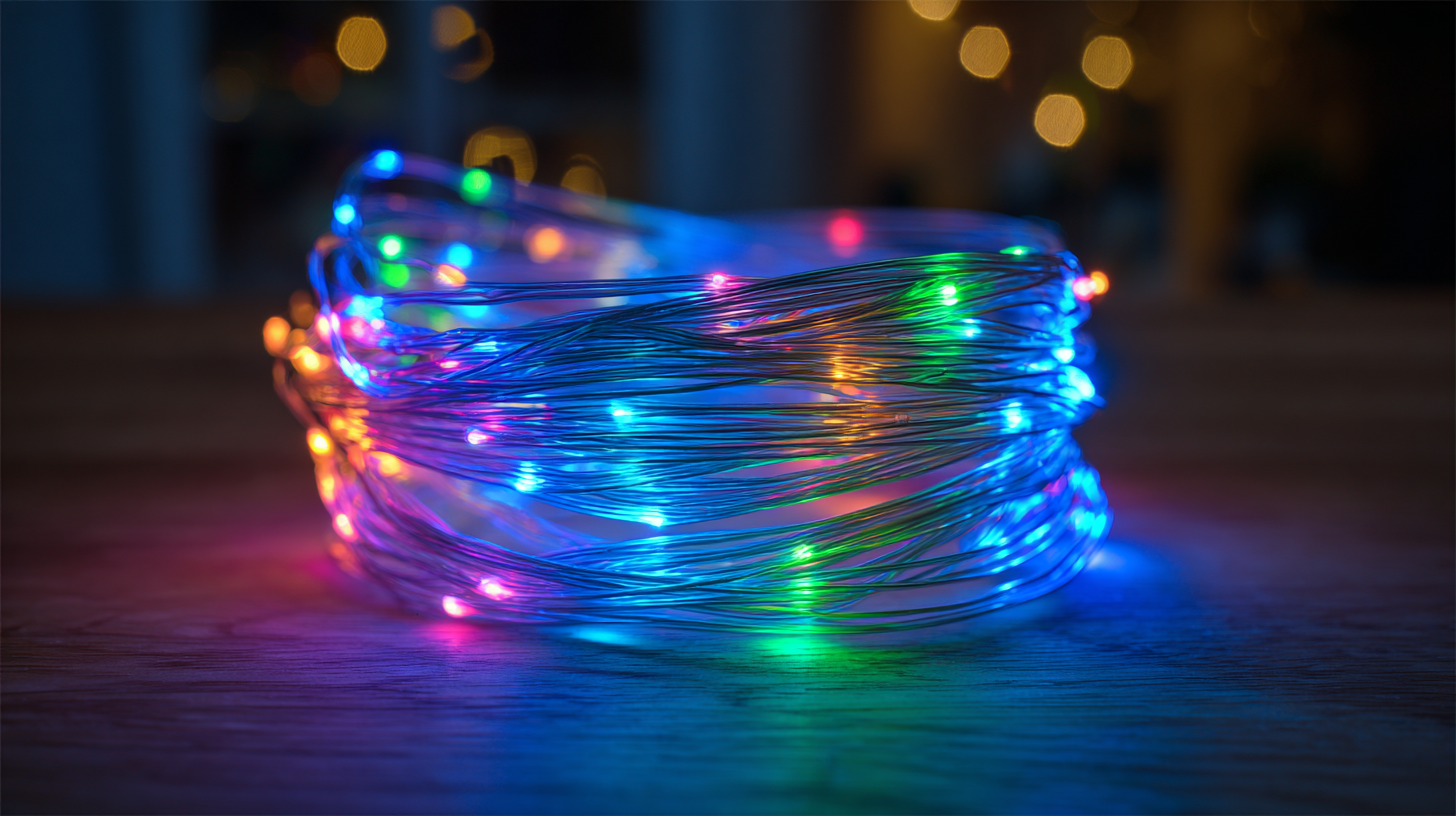
Moreover, the impact of smart technology enables energy-saving features that contribute to sustainability. For instance, motion sensors and timers can be incorporated, ensuring that lights are only on when needed, ultimately reducing energy consumption. Additionally, data analytics can help users understand patterns in lighting usage, leading to more informed decisions about energy usage. As wire LED lights continue to evolve with these technological advancements, they not only offer enhanced functionality but also pave the way for more environmentally friendly solutions in illumination.
Market Trends and Predictions for Wire LED Light Adoption in the Next Decade
The adoption of wire LED lights is poised for significant growth over the next decade, driven by emerging market trends and technological advancements. According to a report from the International Energy Agency (IEA), LED lighting is expected to account for 60% of the global lighting market by 2030. This shift is largely influenced by the increasing demand for energy-efficient solutions, with wire LED lights offering substantial savings on electricity bills and lower carbon footprints.
Moreover, the market research firm Markets and Markets projects that the global LED lighting market will reach $108.6 billion by 2024, growing at a CAGR of 13.2% between 2019 and 2024. Factors such as enhanced design flexibility, the ability to integrate smart technology, and improved durability are further propelling wire LED lights into mainstream applications. Industries ranging from residential to commercial settings are recognizing the benefits, which may well position wire LED lighting as the future cornerstone of illumination in numerous environments.
Market Trends of Wire LED Light Adoption (2023-2033)
Related Posts
-
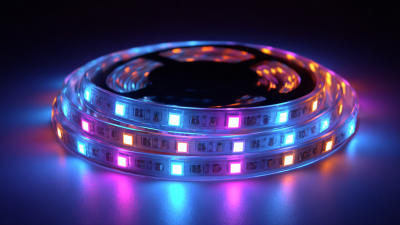
The Ultimate Guide to Choosing the Perfect LED Strip for Your Project
-
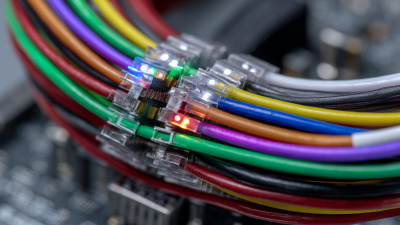
Unlocking the Technical Specifications of the Best LED Light Wiring Harness for Global Buyers
-
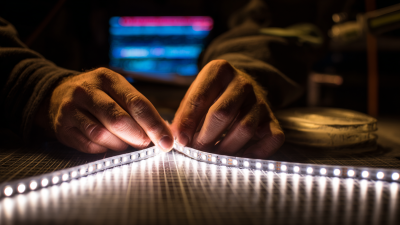
7 Tips for Choosing the Best LED Light Harness for Your Project
-
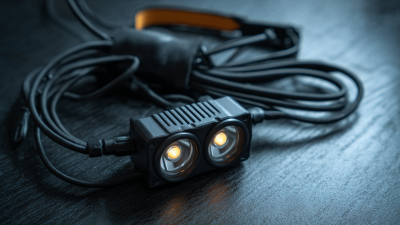
How to Choose the Best LED Light Harness for Optimal Performance and Efficiency
-

How to Choose the Right LED Light Wiring Harness for Your Projects
-

How to Choose the Perfect Custom LED Lights for Your Home
